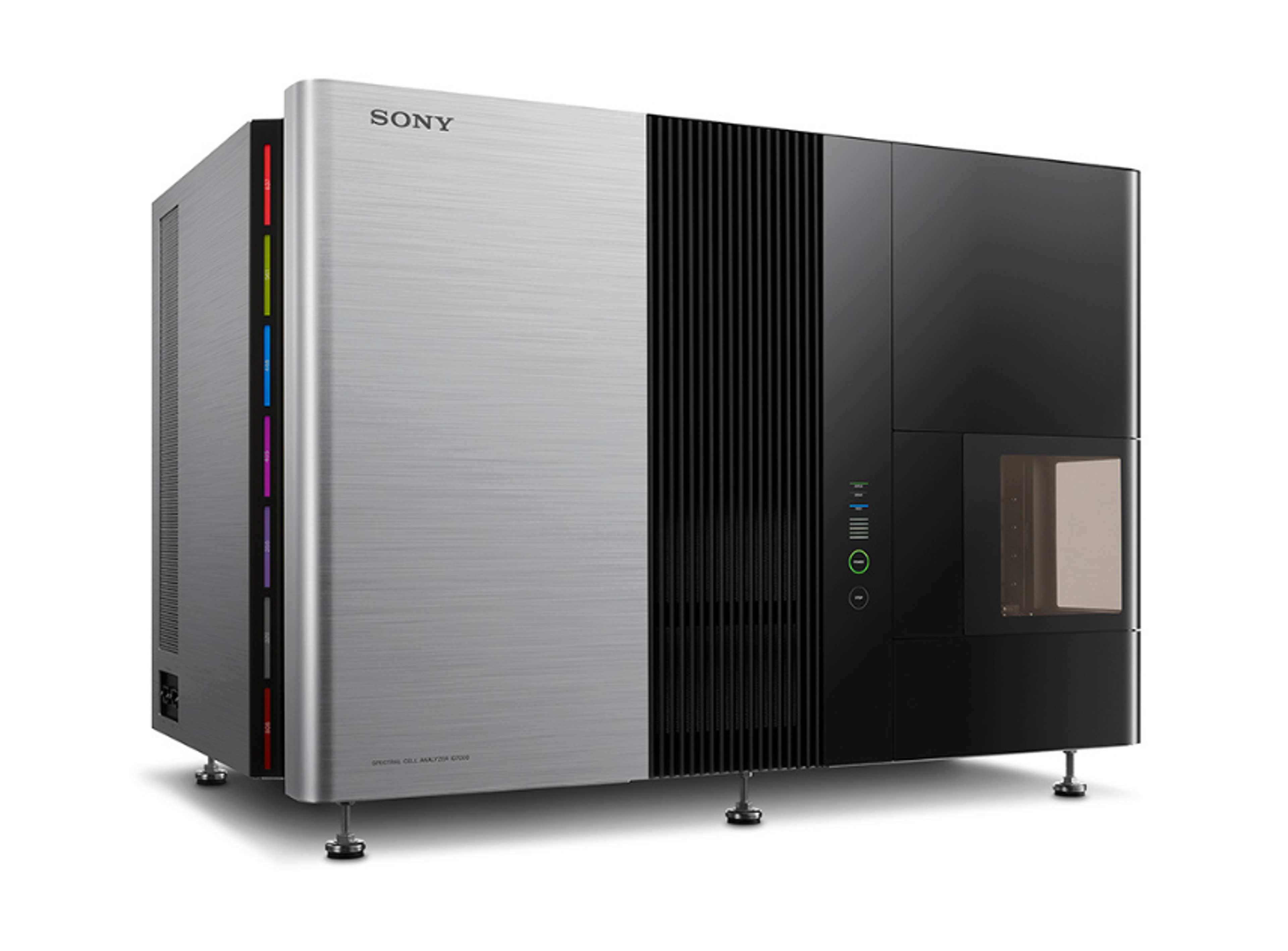Uncovering cell type-specific gene regulation in mammalian tissues using single-cell genomics: Your questions answered
Watch this on-demand webinar to learn about the latest approaches in single nucleus transcriptomics and ATAC-Seq
1 Sept 2020

Transcriptional regulation plays a fundamental role in tissue development, function and disease. However, tissue heterogeneity poses a significant challenge for elucidating cell type-specific gene regulatory programs. By integrating nuclei sorting into workflows for both single nucleus RNA-Seq and single nucleus ATAC-Seq, it is possible to generate largescale datasets to deconvolute the cellular composition of tissues, identify rare cell populations and define cell type-specific transcriptional regulatory processes.
In an on-demand SelectScience® webinar, Dr. Sebastian Pressl, Associate Director of Single Cell Genomics, describes the latest approaches in single nucleus transcriptomics and ATAC-Seq, and how they can be used on flash-frozen primary human and mouse tissues to decipher tissue-specific epigenetic regulation. The webinar also looks at case studies on the generation of an atlas of regulatory elements in the mouse brain, and the possible role of epigenetic regulation in SARS-CoV-2 cell entry into human lung cells.
Read on for highlights from the live Q&A session or register to watch the webinar at any time that suits you.
Watch Webinar NowQ: Does cell or nuclei sorting cause any unwanted changes to the transcriptome or chromatin accessibility? Which nuclear dyes do you recommend?
SP: In general, we found DRAQ7 dye to work very well for staining of nuclei and sorting, for transcriptomic and chromatin accessibility analysis. One thing that we discovered is using propidium iodide as an intercalating dye might affect the chromatin accessibility. We generally find DRAQ7 to be a good dye and that DAPI dye works well for single-nucleus transcriptomic analysis.
Q: To what extent did the results of single-nucleus RNA-Seq and single-cell RNA-Seq align concerning immune cells?
SP: We have looked at immune cells in multiple contexts. One thing that makes it a little challenging for immune cells such as macrophages, is the overall lower expression levels in these cells, which is aggravated when we profile nuclei. Overall, when we look at nuclear versus cellular profiles, we see good correspondence. For immune cells, it might be advantageous to isolate intact cells because you can identify somewhere around 1,000 to 1,500 genes per cell, whereas it drops in the nucleus to somewhere around 700. That might make the analysis more difficult depending on the question. In general, there is good agreement, but for immune cells, I recommend purifying the cells and profiling them using single-cell RNA-Seq. Another thing to consider is that immune cells tend to be underrepresented in single-nuclear preps, which might be due to the reason that there are relatively lower expression levels, so they might get filtered out when we do quality control.
Q: Which tissues form good single-nucleus suspensions and are most amenable to single-nucleus sorting?
SP: We found that brain tissues for nuclear isolation works well. Lung tissues also work as well as muscle tissues if magnetic-activated cell sorting (MACS) technology is used. Tissues that are a bit trickier are skin or cartilage tissues. However, embryonic tissues, such as those used in mouse studies have a very high nuclear density and they can be released very easily.
Q: How can there be erythrocytes when checking single-nucleus profiles?
SP: This refers to our lung dataset, where we have a low proportion of erythrocyte signals, and we just found this signal in the time point where we had 30-week-old gestational age samples. These are presumed to be nuclei that are immature erythrocytes, so we have not found them in the field or in the 30-year-old samples, but just in the very early stages.
Q: How is nuclear recovery after sorting for single-nucleus RNA-Seq, and how can this be improved for limited samples?
SP: What we usually do after sorting for nuclei, prior to single-nucleus RNA-Seq is we spin it down for 10 to 15 minutes at 1,000g. We typically have a recovery that can vary from sample to sample between 30% and 60%. If the material is limited, we also found that one can sort directly into a reaction buffer that is compatible with loading on the 10x controller. Depending on the sort of configuration, one might need to minimize the volume. What happens there is to do a short quick spin with the same conditions and then take just the very top supernatant. We found this to be very compatible with the 10x Genomics Platform and gives very high-quality single-nucleus RNA-Seq. If the sample is limited, one can sort directly into the reaction buffer and after a quick spindown, just take the supernatant to maximize output of the single-nucleus RNA-Seq.
SelectScience runs 3-4 webinars a month across various scientific topics, discover more of our upcoming webinars>>

